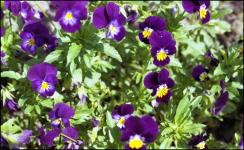|
Stud Super Stud |
Manufactured or assembled in France from (Circa) 1946 to (After) 1950.
Index of rarity in France: Rare (among non-specialized garage sales)
Inventory number: 13591
See the complete technical specifications
Chronology of cameras Stud
The Stud cameras are reflex cameras designed for studio photographers. Their size (and weight) prohibits any portable use.
They consist of three main parts:
1. The front part, carrying the lens mounted on a board. This part moves back and forth.
2. The middle part, which includes the bellows.
The rigidity between the front and back parts is ensured either by a wooden base or by metal tubes, as is the case with the model being presented here.
The two upper tubes are grooved to allow for focusing using the two large knobs attached to the front of the camera. The lower tubes also serve for mounting on a tripod. On this model, the viewfinder has a slightly more complex shape than on other models.
The presented specimen is equipped with a very large flexible shutter release and a Berthiot Stellor Series Ib No. 7 lens with a focal length of 260 mm and a maximum aperture of f/4.
3. The rear part, which includes the chamber, the curtain shutter, and the mirror image redirect system towards the viewing cone.


Henri Emile Liabeuf
Henri Emile Liabeuf was born on July 1, 1891, in Paris 18th district. He worked as a photographic emulsion verifier and photographer until March 19, 1910, when he enlisted in the Army for three years. He was assigned to the 1er Régiment de Génie and served a campaign in Morocco from February 20, 1912, to January 30, 1913. On October 1, 1912, he was transferred to the aviation section of the 2ème régiment de Génie. After completing his three years of service, he was discharged from active duty on March 19, 1913, with a certificate of good conduct.
Following the general mobilization, he was recalled and joined the 1er Régiment de Génie on August 3, 1914. In December 1914, he transitioned to aviation (SPA) as a photographer. He spent several weeks in the Senlis hospital in the spring of 1917.
By ministerial decision, he was assigned to the French Aviation Mission near the American army1 on October 2, 1917, and made available to the Grand Headquarters on October 23, 1918. He was granted an unlimited demobilization leave on August 13, 1919. The Seine Medical Board initially awarded him a temporary disability pension for chronic bronchitis and mild residual malaria (bi-monthly crises), which he contracted in Salonica2. The temporary pension was subsequently renewed multiple times.
As a reservist, he was attached to the 4ème bataillon of 1er Régiment du Génie, then to the 1er groupe d'aérostation, then to the 1er Bataillon de l'Air, and finally to the 15ème Compagnie de l'Air at the Chalais-Meudon Air Base.
Henri-Emile Liabeuf was a prolific inventor who filed numerous patents in the field of photography from the early 1920s to the mid-1950s.
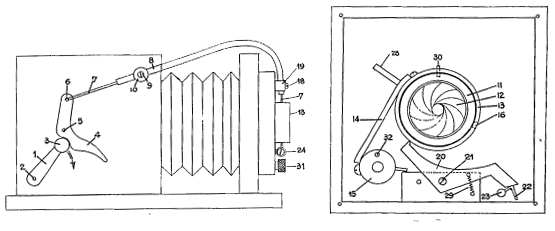 Some of these patents found their application in Stud cameras manufactured by the Liabeuf Establishments, which were located at Villa Sommeiler in Paris 16. Looking at this tiny Parisian street, it is immediately apparent that it was not a large enterprise and that production was likely very limited.
Some of these patents found their application in Stud cameras manufactured by the Liabeuf Establishments, which were located at Villa Sommeiler in Paris 16. Looking at this tiny Parisian street, it is immediately apparent that it was not a large enterprise and that production was likely very limited.Henri Emile Liabeuf passed away on April 5, 1974, in Paris 14.
Although no photograph of H.E. Liabeuf could be found, his military record describes him as having blue eyes, chestnut hair, a large nose on an oval face, and a height of 168 cm. His level of general education is noted as 33.
1 This mission aimed to facilitate the rapid integration of the American army into the allied forces, particularly through the supply of French equipment.
2 His military record does indeed mention the Army of the Orient and the Serbian Army, but the corresponding assignments are not listed in the registration book.
3
Degree 0: Cannot read or write |
Interesting links or bibliography :
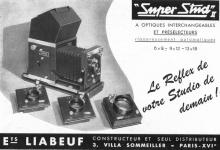 | 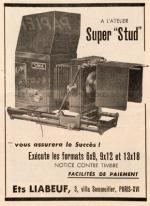 Le Photographe de 1951 | 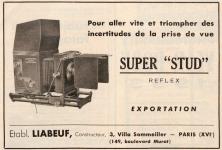 Le Photographe de 1952 |
Add a link or element of bibliography, a picture taken with this camera, a picture of box or an ads about this camera
Your photos taken with the same camera:
Cameras from Ebay France (Stud) (Uploaded each 3 hours)






